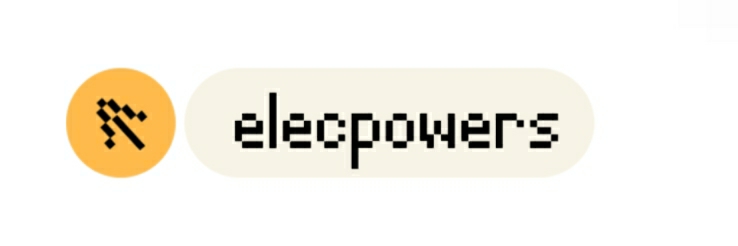uses of convex lens and concave lens
What are the uses of convex lens and concave lens?
Convex and concave lenses are widely used in various applications. Here are some of the prominent uses:
Contact us to discuss your requirements of uses of convex lens and concave lens. Our experienced sales team can help you identify the options that best suit your needs.
1. What is a convex lens used for?
A convex lens is thicker in the middle and thinner at the edges. Its main uses include:
- Magnifying Glass: Convex lenses are used in magnifying glasses to enlarge objects for better visibility.
- Camera Lenses: Many cameras use convex lenses to focus light and capture images.
- Eyeglasses: Convex lenses are prescribed for people with hyperopia (farsightedness) to help them see nearby objects clearly.
- Projectors: Projectors utilize convex lenses to enlarge images onto a screen.
- Telescopes: In telescopes, convex lenses help gather light from distant objects, making stars and planets clearer.
2. How do convex lenses work?
Convex lenses bend light rays that pass through them. When light enters a convex lens, it converges or focuses at a point known as the focal point. This characteristic allows objects to appear larger and clearer through a convex lens, which is why they are so useful in many optical devices.
3. What are the uses of a concave lens?
A concave lens is thinner in the middle and thicker at the edges. Here are some common uses:
Suggested reading:Custom Sapphire Windows vs. Traditional Glass: Which Is Better?
- Eyeglasses: Concave lenses are used for people with myopia (nearsightedness) to help them see distant objects.
- Laser Devices: In laser technology, concave lenses help to expand the beam and focus it in various applications.
- Light Shaping: Concave lenses can spread light from a single point to cover a larger area, useful in lighting design.
- Camera Lenses: Some camera systems incorporate concave lenses to help correct distortion and improve image quality.
- Optical Instruments: Concave lenses are used in many scientific instruments to manipulate light for precise measurements.
4. How do concave lenses work?
Concave lenses diverge light rays that pass through them. When light enters a concave lens, it spreads outwards, making objects appear smaller. This divergence is why concave lenses are commonly used for vision correction in myopia, helping individuals focus on distant objects while eliminating the struggle to see clearly.
5. What is the key difference between convex and concave lenses?
The key difference lies in their shape and how they manipulate light. Convex lenses converge or focus light, making objects appear larger, while concave lenses diverge light, leading to a reduced image size. Understanding these properties is crucial in optics and vision correction.
Conclusion
In summary, the various uses of convex lens and concave lens highlight their importance in daily life and technology. They serve essential roles in vision correction, photography, and scientific research, making them invaluable tools in many fields.
Want more information on N-BK7 Rhomboid Prism? Feel free to contact us.

